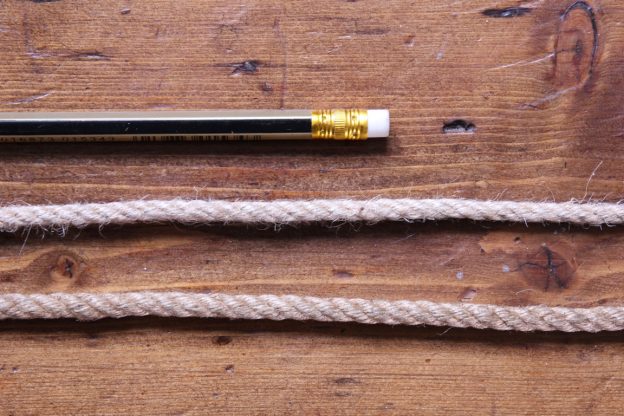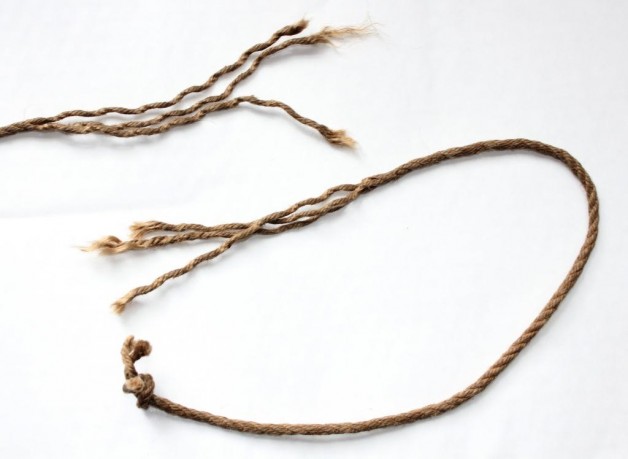I read a post in Rope Incidents on Fetlife entitled ‘Mainline rope break on deadlift’ (you need to be logged in as a member to see it) which prompted this heads-up. Fortunately, it didn’t involve the model being dropped but it could easily have ended in serious injury. These incidents are becoming far too common in shibari suspensions and can easily be avoided.
From the incident report, the rigger was attempting a “deadlift”, which I take to be a lift from the floor, from a futo-momo. The rope ran from the tie over a ‘biner and the rigger was lifting from the other end. There’s no indication of the speed or suddenness of the lift. However, the greater the acceleration and heavier the load, the higher the load. Think of the effect when towing a car if the rope goes slack and then that gets taken up, same deal with water-skiing. Take up the slack too fast and there’s one hell of a jerk!
In this incident, the rope was two year old 3-ply 5mm jute, albeit apparently well-maintained and not heavily used. The model was 65kg (143lbs approx.). Here’s my comment on the post:
Oh dear, another 5mm upline breaks with a western sized model 🙁 I keep hearing this.
I have long preached that it is one matter for a Japanese pro to string up a tiny model, e.g. Ageha at 37kg, on his almost new premium grade 5mm ropes (probably provided by a generous sponsor) and quite another to use older rope, of possibly lower grade, with somebody way heavier.
I’m not sure whether a ‘deadlift’ is gradual or sudden like a drop-lift. However, shock loading with the latter puts a shit-load of stress on your line. Not only do you have to overcome inertia of accelerating the load but there is also the friction created by the ‘biner/ring.
IMHO, synthetic or reinforced, e.g. Asanawa Xtra, is the way to go for critical lines….6-7mm jute or hemp if you must.

Whilst it needs fairly aggressive wet treatment and breaking in, Xtra is very nice once broken in. As the synthetic yarns form a core to each ply around which the jute yarns are wrapped, you can’t see them and they are not damaged by singeing off the rope during treatment. You really wouldn’t know they had these hidden fibres adding strength and predictability.
Please don’t be the next one to report such an incident. Western size models need appropriate rope strengths. A typical US 20-something female is 50% heavier than her Japanese counterpart. It is foolish to think the same rope will do. There’s no need to tie everything with upgraded rope, just use it when it matters, i.e. any line that your partner’s safety depends upon. The worst outcome of a failure during an inversion could be death, brain injury or paralysis. Why risk that for the sake of proper up-lines?

